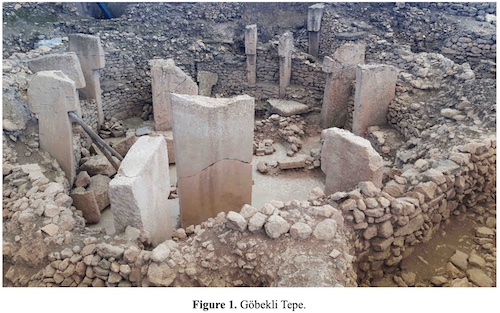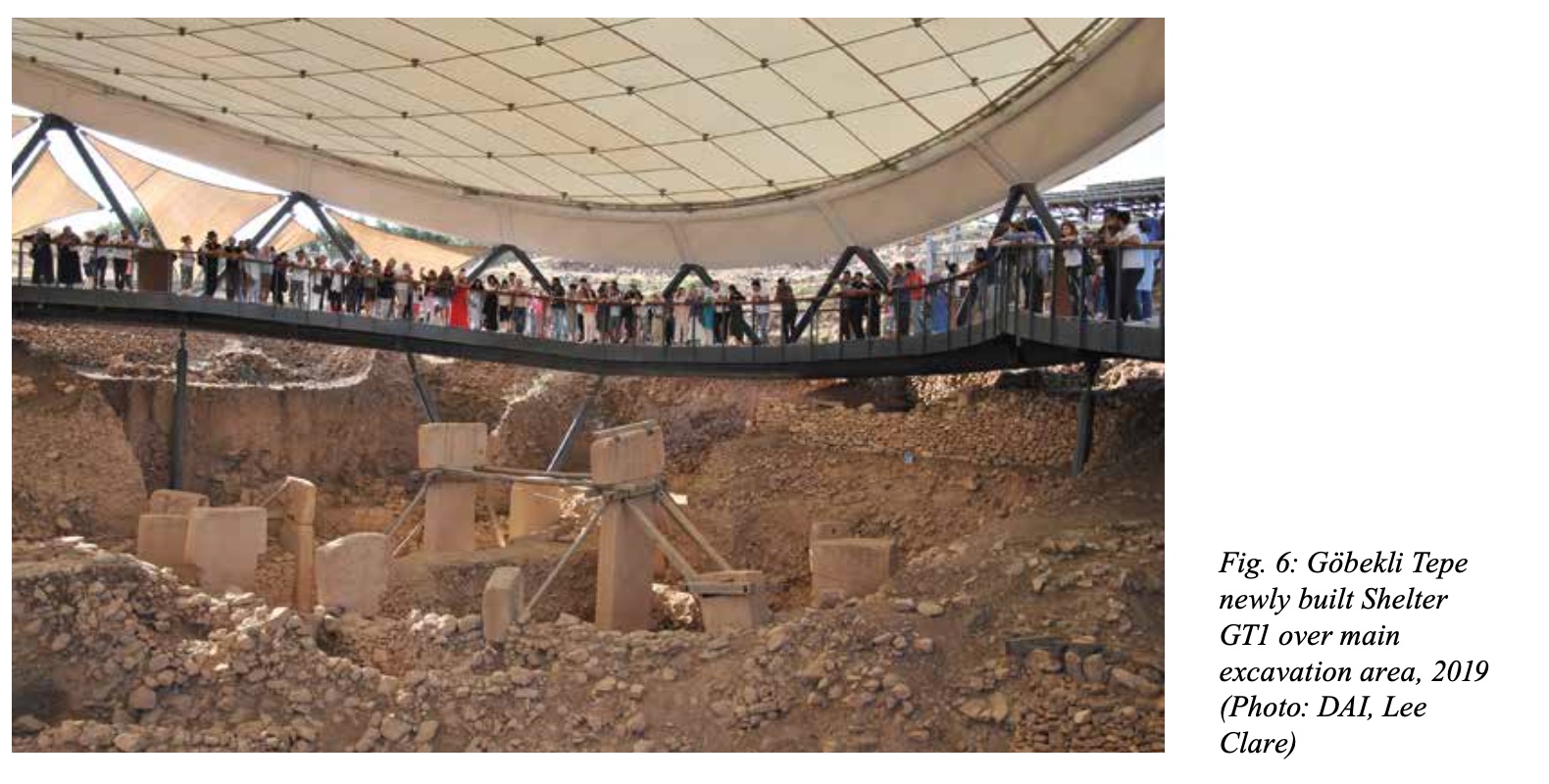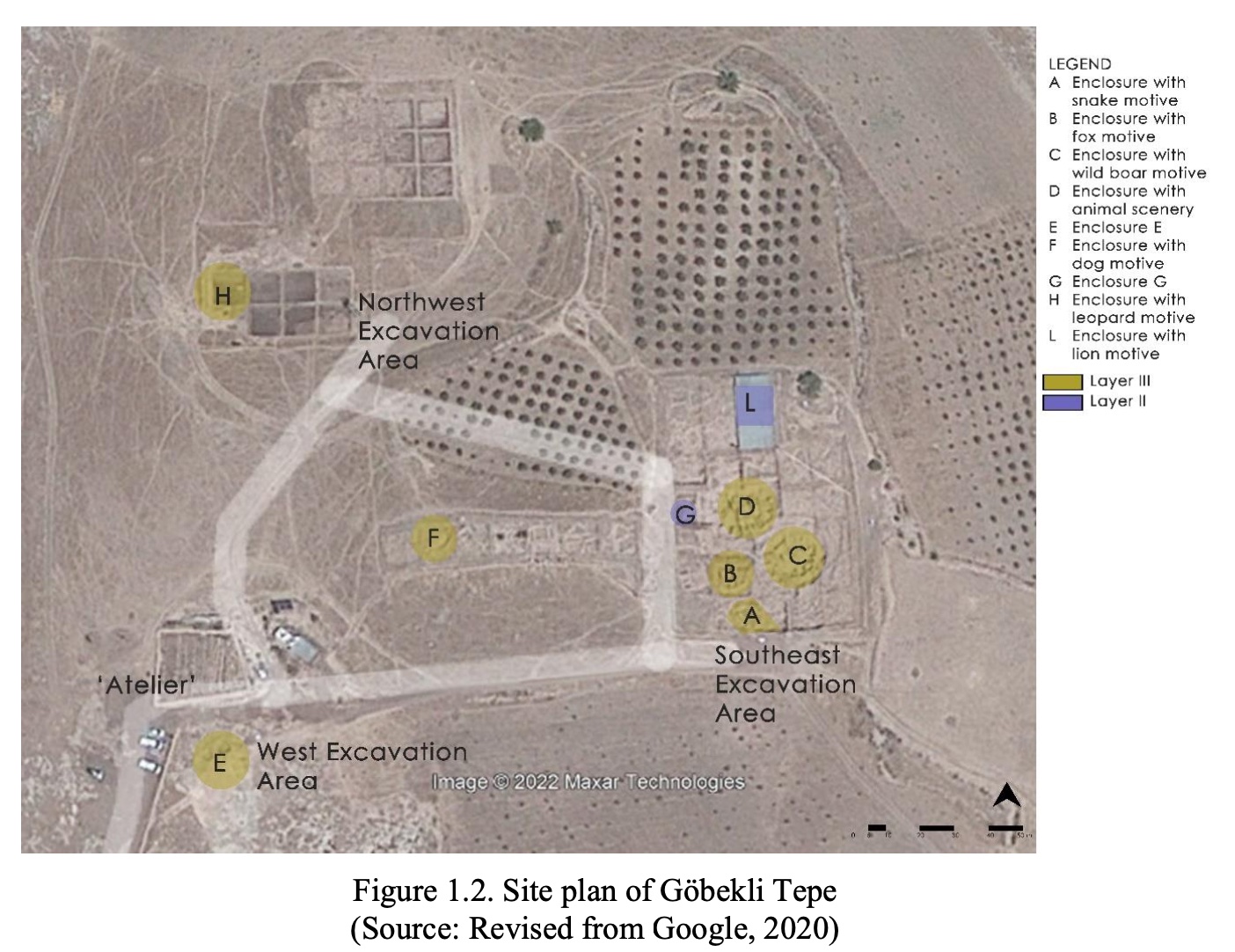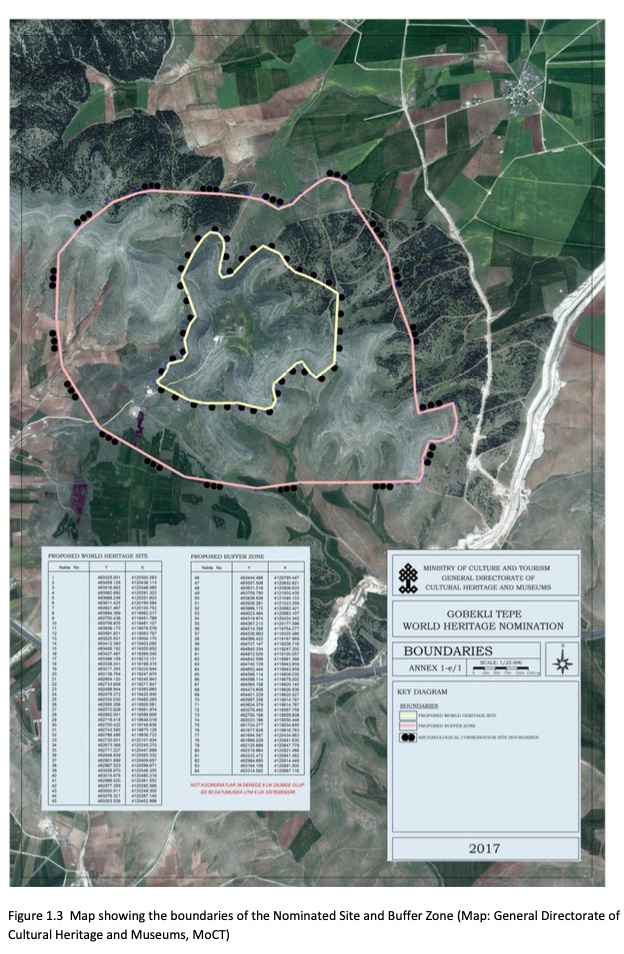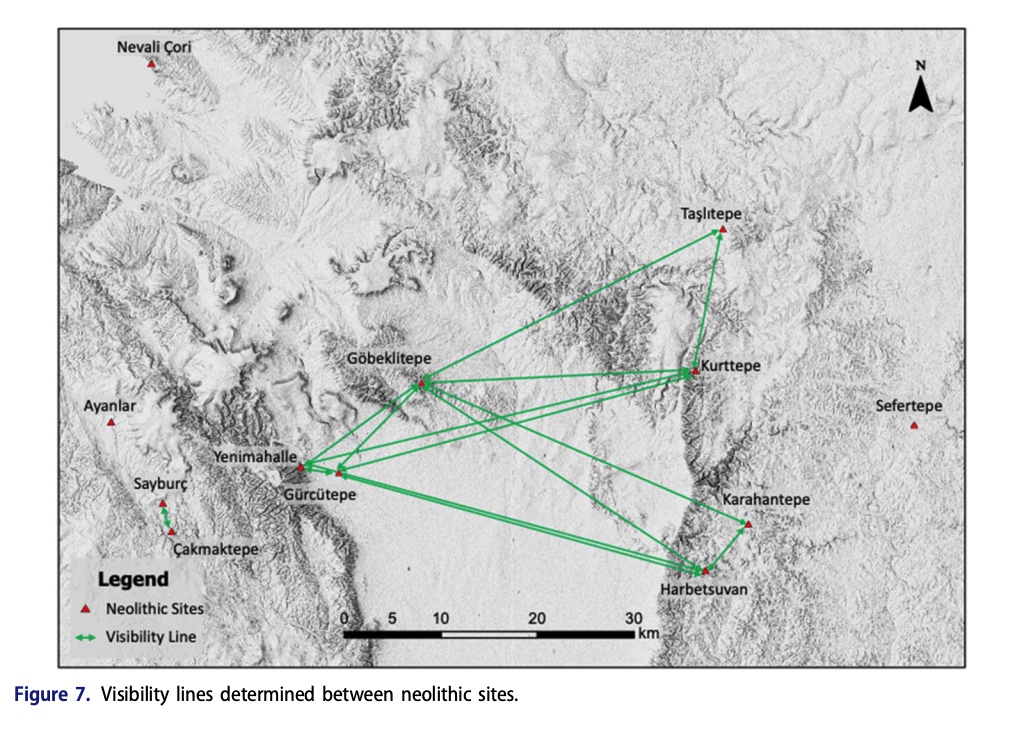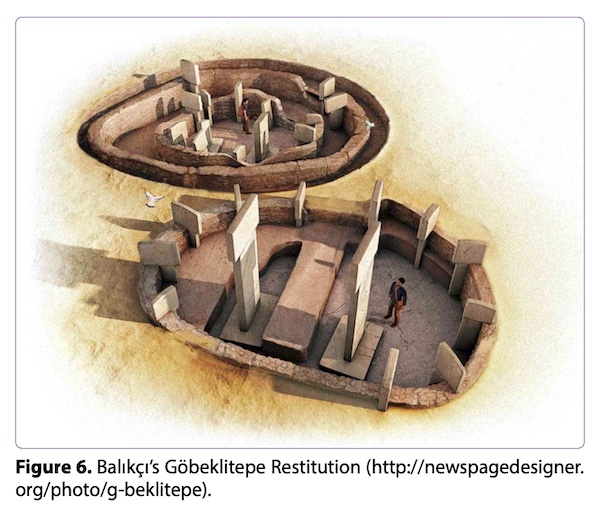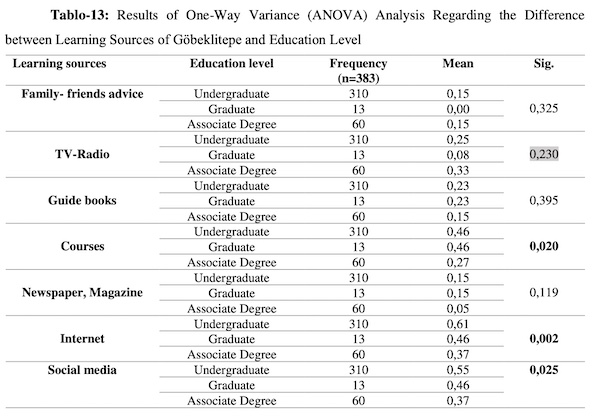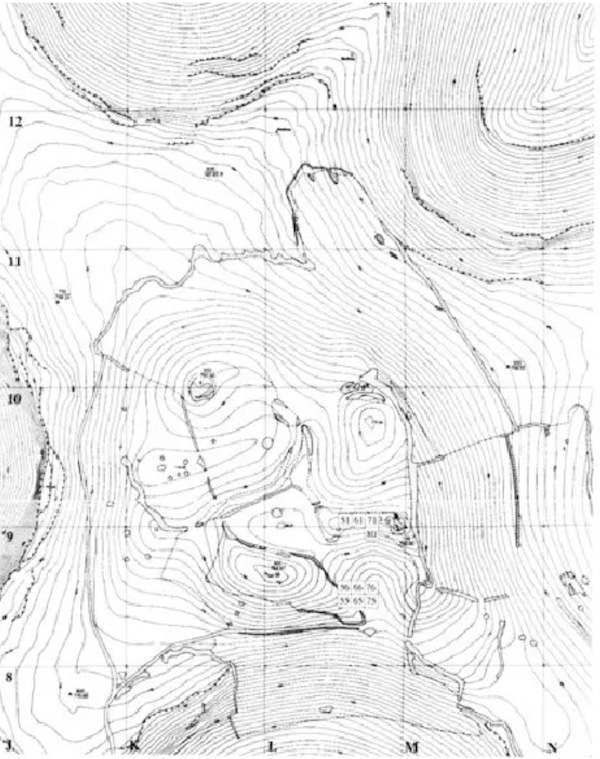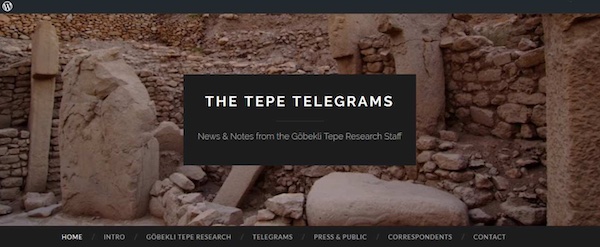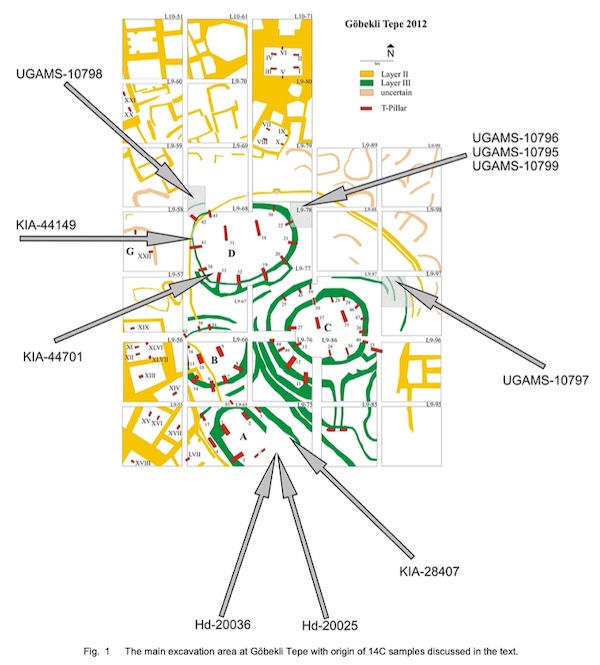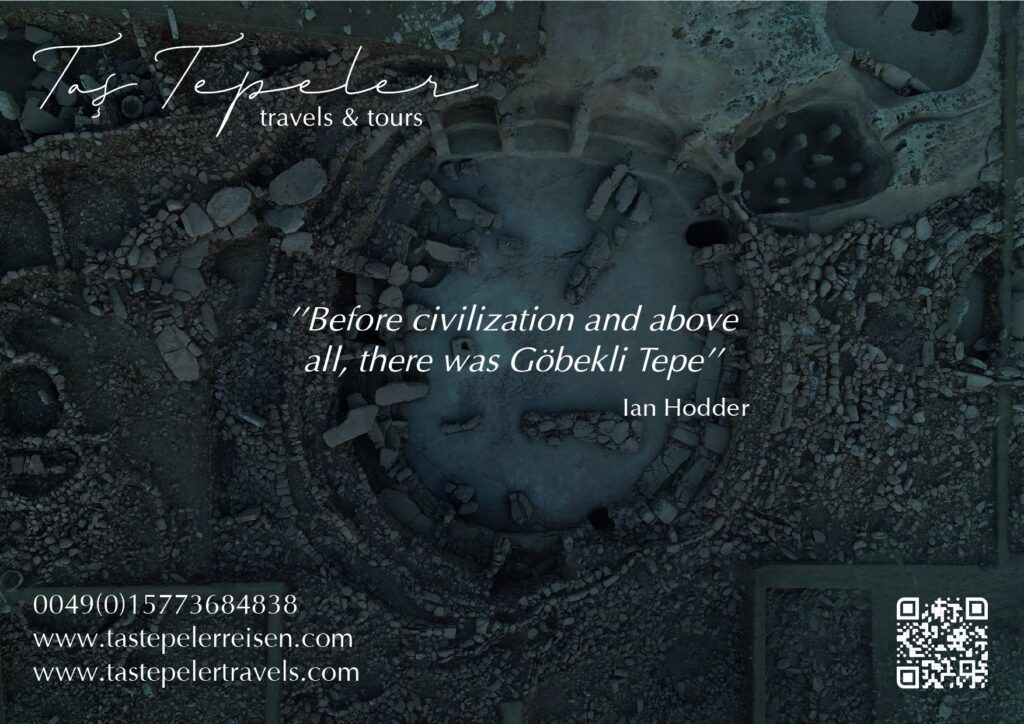Göbekli Tepe: A Brief Description of the Environmental Development in the Surroundings of the UNESCOWorld Heritage Site
With the discovery of Göbekli Tepe, Urfa has proven to be one of the oldest settlement in history and has been named “Zero Point of History” due to this feature. What happened in the history left countless artifacts and historical mysterious in Urfa and turned it into an open-air museum. One of the most important current mystery is why the life of Göbekli Tepe disappeared. It is an important fact that civilizations disappear not only for reasons such as war, but also due to environmental problems and sometimes, on the contrary, they have survived for many years. Based on these facts; this study aimed to draw attention to
Read More

